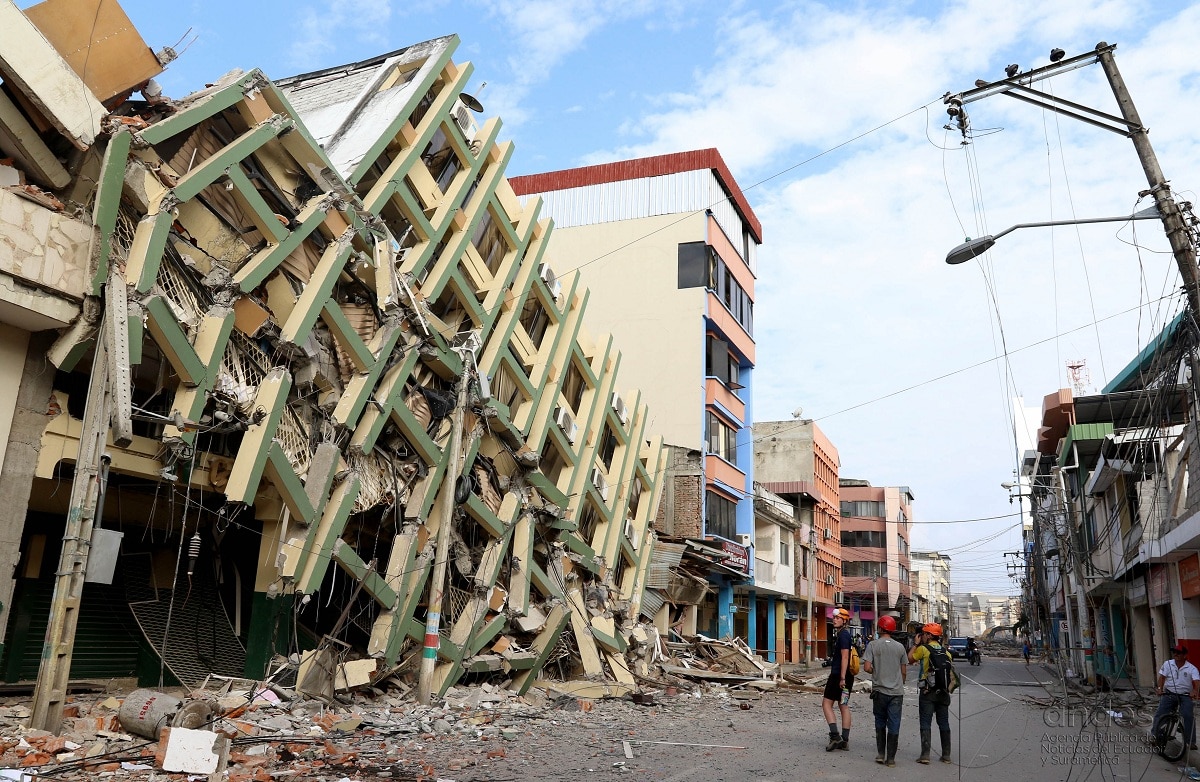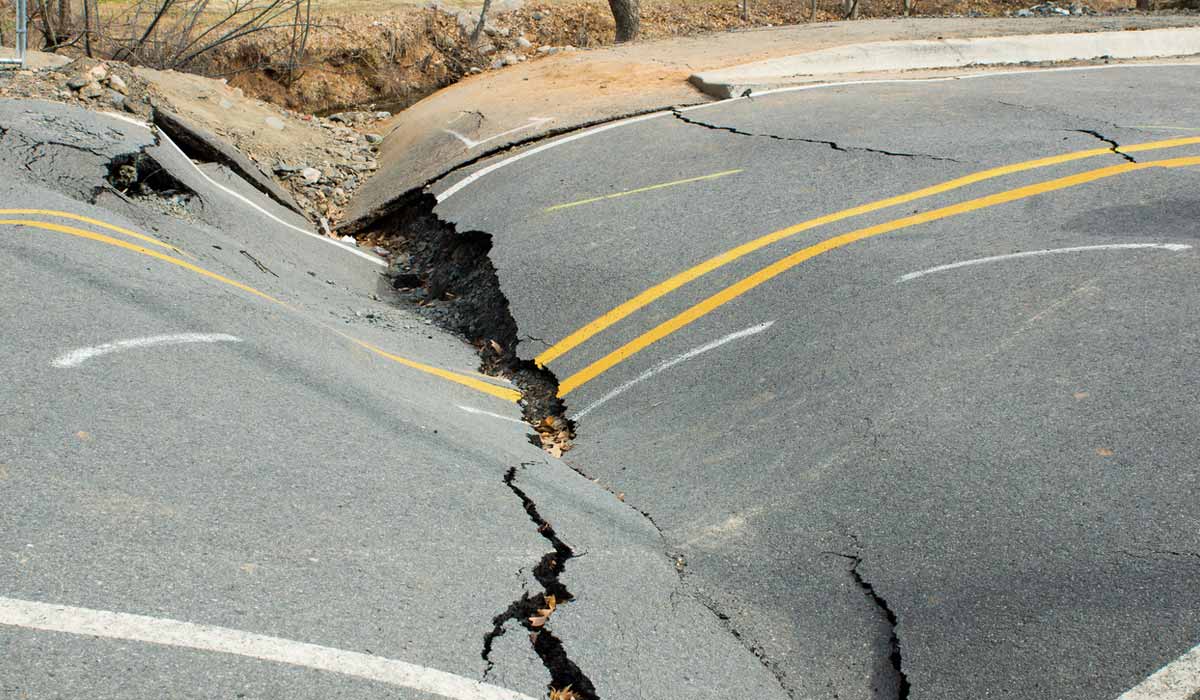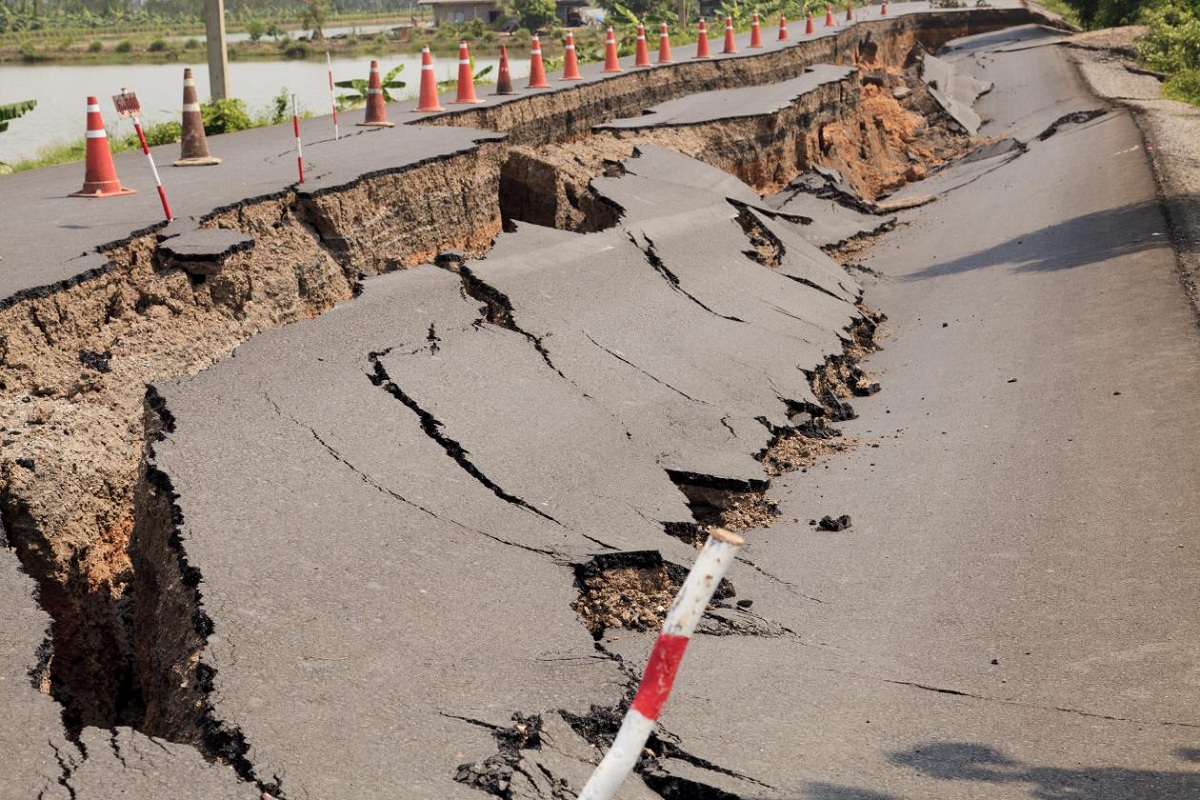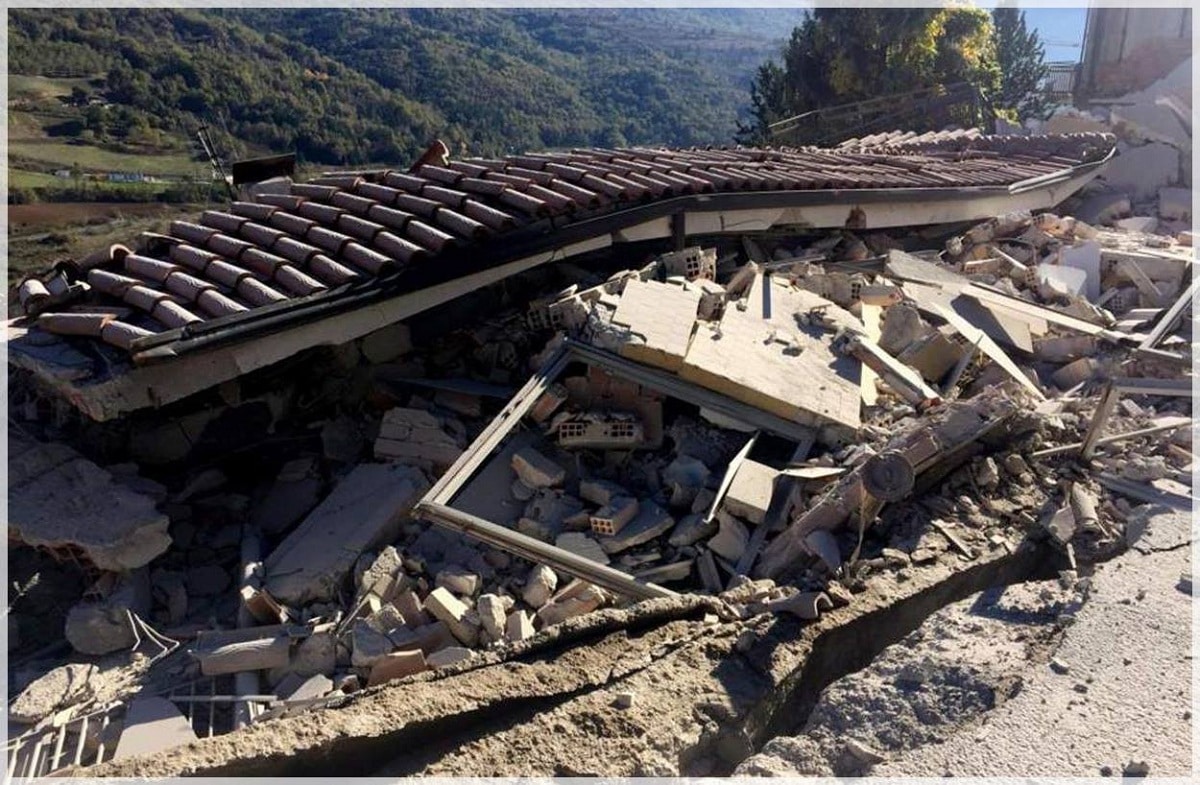
Surely you have ever experienced a small shaking of the earth or have noticed a tremor and you have not known why. Earthquakes are talked about frequently, but many people do not know what is an earthquake really, its origin and causes. In order to understand the origin in the causes of earthquakes we must have some basic knowledge about geology.
In this article we are going to tell you what an earthquake is, what is its origin, causes and consequences.
What is an earthquake

An earthquake is a phenomenon caused by the vibration of the earth's crust, due to the friction of the tectonic plates that form the surface of our planet. Be it from mountains to so-called faults, it can be found anywhere on the edge of a plate, which is what happens when two plates separate. The most famous case is that of North America, where the San Andreas fault is found. These places recorded the most destructive earthquakes, even reaching intensities of 7,2 on the Richter scale.
Although the most famous scale is the Richter scale, which only measures the size of phenomena, experts also use the Mercalli scale to measure the impact on the environment, as well as the current seismic scale to assess stiffness and distance. of the rock to which it has been displaced.
The Richter scale is summarized in:
- Intensity 3 or less: it is usually not felt, but it will register anyway. It usually does not cause obvious damage.
- Intensity from 3 to 6: noticeable. It may cause minor damage.
- Intensity 6 to 7: They can cause serious damage to the entire city.
- Intensity 7 to 8: the damage is more important. It can destroy an area of more than 150 kilometers.
- An earthquake of more than 8 degrees can cause significant material damage in a range of several kilometers. But there is no record of having reached this scale in our country.
Origin of an earthquake

Earthquakes are caused by the movement of tectonic plates. This is because these plates are in constant motion and release energy during movement. They can be caused by volcanic eruptions because they are considered a natural energy wave. What we perceive they are seismic waves from the interior of the earth. There are different types of seismic waves, all of them represented in seismograms.
An earthquake itself is a vibration on the surface of the earth, caused by the sudden release of energy from within the earth. This release of energy comes from the movement of tectonic plates, which release energy during movement. They can vary in size and strength. Some earthquakes are so weak that cooperation is not felt. However, others can be so violent that they are capable of destroying even cities.
A series of earthquakes that occur in a region is called seismic activity. It refers to the frequency, type, and size of earthquakes experienced at this location over a period of time. On the surface of the earth, these earthquakes appear as ground shaking and short-term displacement.
They tend to appear almost everywhere on earth, either at the edges of tectonic plates or at faults. We know that our planet has 4 main inner layers: inner core, outer core, mantle and crust. The upper part of the mantle is composed of rocky structures, where there is a certain amount of convection currents, which promotes the movement of tectonic plates and therefore triggers earthquakes.
Seismic waves

The formation of earthquakes is due to the expansion of seismic waves that occur within the earth. We define seismic waves as an elastic wave, which occurs in the propagation of temporary changes in the stress field and causes slight movements of the tectonic plates. Although we call this the movement of the tectonic plates, we must know that this movement is so obvious that it is almost imperceptible. It is these years in which the tectonic plates have moved more slowly than millions of years ago. The continent it moves only 2 cm per year on average. This is imperceptible to humans.
It should be noted that there are many types of seismic waves that can be generated artificially. For example, humans can create artificial seismic waves by using gas extraction techniques such as explosives or hydraulic fracturing.
Internal waves are waves that propagate inside the earth. We know that the internal composition of our planet is very complicated. Extracting this information indicates that there are different types of seismic waves. This is an effect similar to the refraction of light waves.
P waves are defined as waves that occur in highly compressed soils and are waves that expand in the direction of propagation. The main characteristic of these seismic waves is that they can pass through any material, regardless of its state. On the other hand, we have S waves, this type of wave has a transverse displacement to the direction of propagation. Also, their speed is slower than P waves, so they appear on the ground much later. These waves cannot propagate through the fluid.
Seismology and importance
Seismology is the science that studies the occurrence of earthquakes. Thus he studies the distribution of space-time, the mechanism of focus and the release of energy. The study of the propagation of seismic waves generated by earthquakes records information about their internal structure, shape area, density and elastic constant distribution. Thanks to seismic waves, It is possible to obtain a great deal of information about the interior of the Earth. We also know that they are generated by earthquakes and are determined by the mechanics of elastic media. This means that its speed depends on the elastic properties of the medium it develops, and its distribution can be studied by observing the propagation time and amplitude of these waves.
I hope that with this information you can learn more about what an earthquake is and its characteristics.